William Frederick Is Putting Cleveland Back on the Fashion Map
When William McNicol envisioned his future, launching his own clothing brand wasn't part of the plan.
"Growing up, my parents owned a business that sold restaurant equipment and supplies in Wellsville, Ohio," McNicol says. "I entered college with the intention of joining their company after graduation, which is the reason I studied management and finance at Baldwin Wallace [University]."
That's not to say fashion was completely absent from his life: He found an early hobby in sketching and was "obsessive" about wardrobe building, styling, textiles, color theory and product design.
"[My earliest fashion memories] were more sportswear-focused," he says. As a '90s kid, basketball culture, Tommy Hilfiger, Polo Ralph Lauren and Nautica caught his eye — as did suiting.
"I remember being really intrigued by the idea of [Giorgio] Armani suits," he adds. "My grandfather would take me clothes shopping with him, so when he bought new dress shirts or new slacks or anything like that, I would be alongside him giving input. So I think those two worlds together were my influences as a kid."
But back to the life plan: Before graduation, there was a recession, and his parents' business ceased operations. McNicol had to re-evaluate the roadmap. He worked a steady job for a few years after school, but it wasn't until he reached his late twenties that he rekindled his interest in fashion and turned it into a career with the launch of William Frederick.
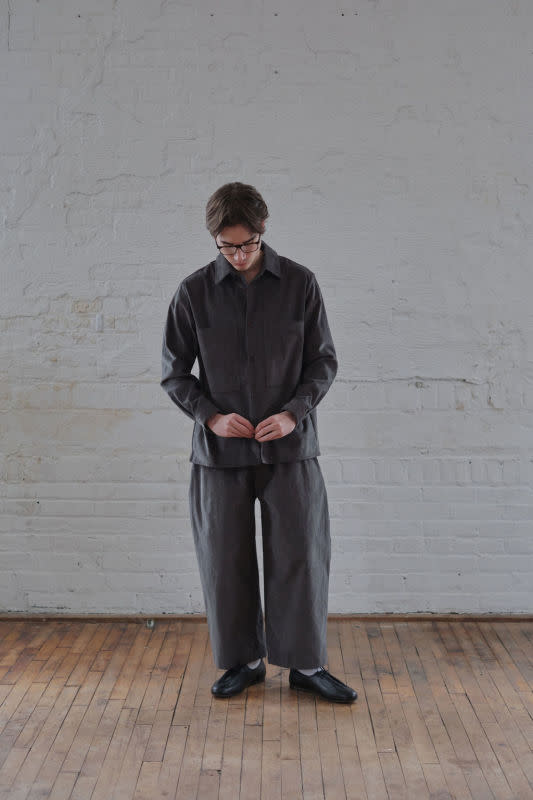
Photo: Michael Thornburg/Courtesy of William Frederick
"I felt that my life lacked purpose, and decided to start making samples of sketches I had," he says. "After 20 months of sampling and development, I launched my first full collection in August 2018."
Where most emerging designers would book a one-way ticket to New York City or Los Angeles to begin their entrepreneurial journey, McNicol decided to stay based in an unassuming city: Cleveland, OH.
"I'm attached to its history, in some way, knowing that Cleveland had such a rich manufacturing history at one point, being second in the world in garment manufacturing," he explains. "I just felt like it was a nice story to tell. It felt like it could also be the beginning, or the continuation, of a community of designers and makers."
For the first few years of the brand, McNicol found himself limiting his design outlook, confining his creativity to concepts he thought were best for the Midwest market.
"I trapped myself into thinking that I had to design only for the people of Cleveland, that I had to keep my prices at a certain level and not charge more," he says. With time, he was able break free from that, and established what are now his brand pillars: intimacy, curiosity and intelligence. They inform every other aspect of the label, from the creative direction to its retail presence.
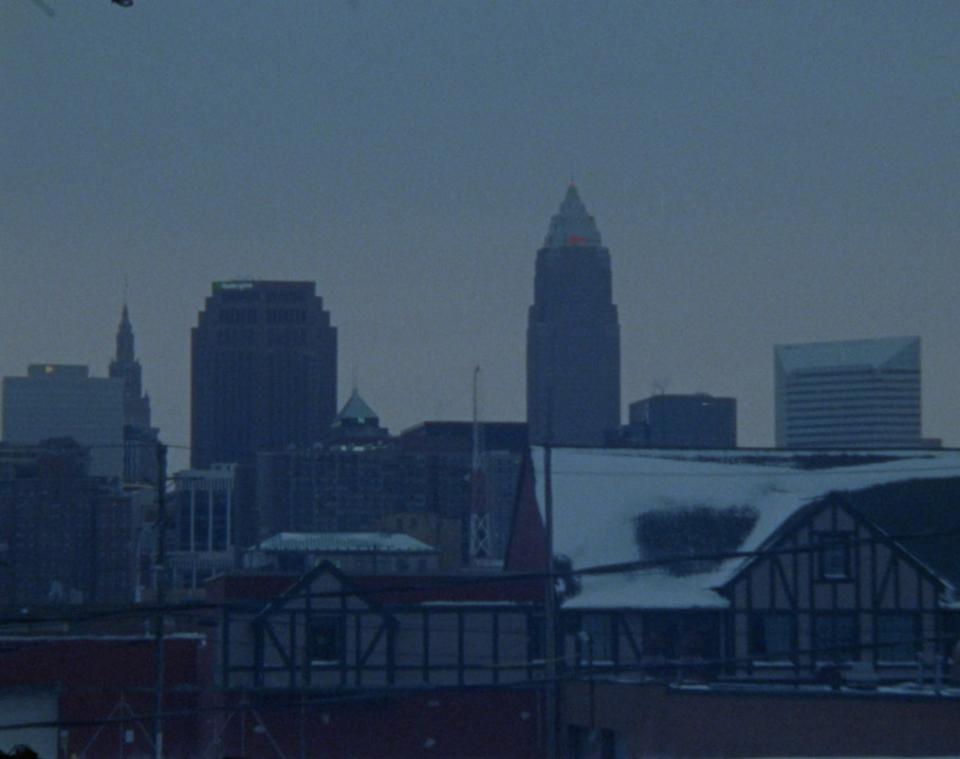
Photo: Tosin Popoola/Courtesy of William Frederick
"I've actually seen a better response in Cleveland once I started getting to a point where I was confident enough to design for myself and be organic and not worry," he explains. "I don't want to feel like I can't use an expensive fabric just because I'm in Cleveland or anything along those lines. I would find [being based in Cleveland] initially limiting, but that was my own self-limitation, not necessarily that anyone from Cleveland made me feel that way."
Generally, McNicol's designs have a simplicity to them, developed in neutral tones, as separates that can be mixed and worn together without much thought. This mirrors McNicol's own personal style, "one that is driven by uniformity and textiles," he says. Fabric sourcing, he continues, is "absolutely my favorite element of being a clothing designer."
"I generally look for materials that will last forever, but also have a uniqueness about them," he explains, adding that he "definitely want[s] to support brands like myself: focused on very specific construction — like French seaming for finishing a shirt as opposed to just surging it — and clothes with a really thoughtful attention to detail."
McNicol sources premium, natural fiber fabrics from mills in Japan, Italy, Scotland, Ireland, England and Belgium. He gets deadstock wool and silk from two family-owned, third-generation businesses in New York City and Los Angeles.
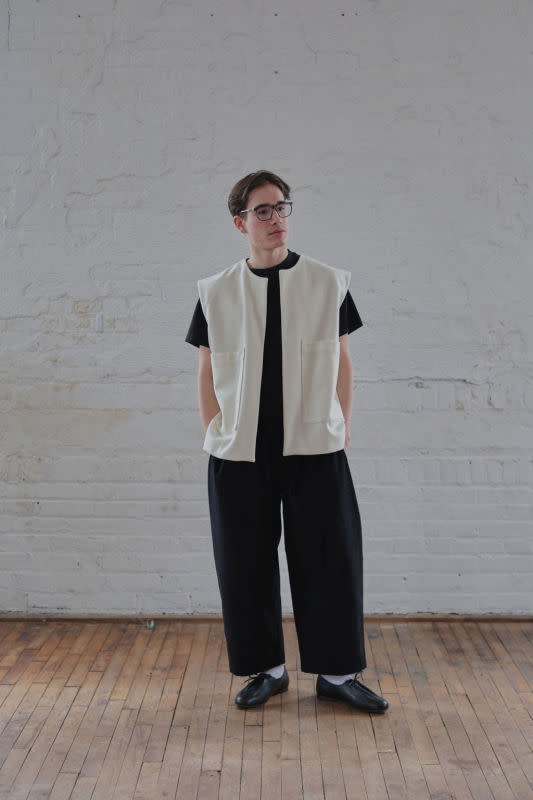
Photo: Michael Thornburg/Courtesy of William Frederick
Once the textiles have been secured, all William Frederick products "are designed, developed and manufactured in the same building as our studio and showroom in the AsiaTown neighborhood of Cleveland," McNicol says. "This allows us to have a very intimate relationship with the factory, which helps ensure direct communication and quality control."
With that, William Frederick has worked to maintain a relatively accessible price point, ranging from $245 to $675.
"Our pricing strategy is honest," McNicol explains. "While consumers should expect a brand's pricing to slightly increase each year due to the cost of materials and manufacturing consistently increasing, I cannot remember the clothing market ever having more volatility and inconsistency in terms of price points than it does currently."
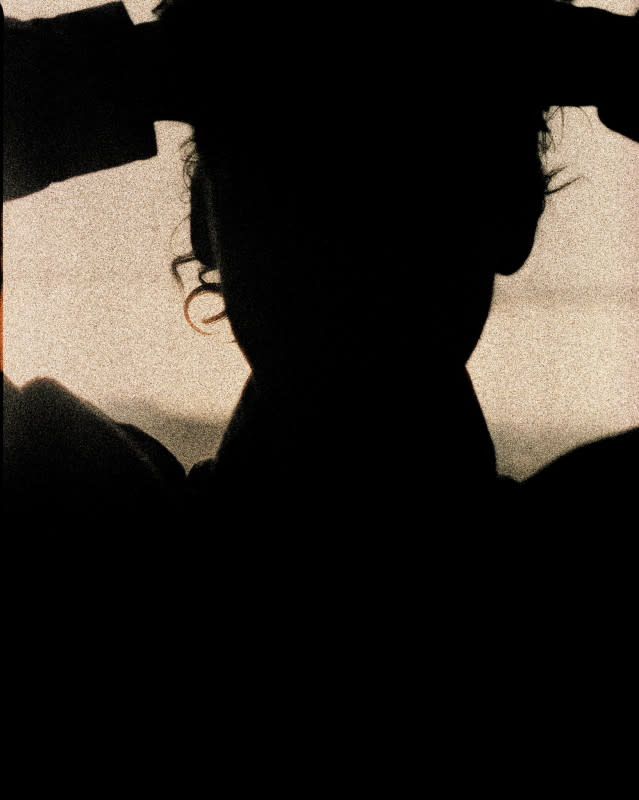
Photo: Tosin Popoola/Courtesy of William Frederick
"I believe there are a lot of brands who have put themselves in a dangerous position, pricing their products outside of an affordable range from their original core customer base," he continues. "You're creating unnecessary risk for your business when you become disconnected from those who helped you build your brand, which is something that we consider when establishing our pricing for each collection."
William Frederick celebrated its five-year anniversary in 2023. That's not its only recent milestone: In September 2021, it made its New York Fashion Week debut during New York Men's Day. McNicol recalls the memory with both fondness and stress, but emphasized how appreciative he was of the opportunity, as it got the brand "a good amount of press and in front of the right people." To avoid feeling "like a one and done," McNicol decided to return the following season in February 2022.
"Even though I was very overwhelmed and didn't really personally love the experience, I did want to prove that I could show again and not just look like it was an accident," he says. "It was just a whirlwind."
Since then, the designer has gradually built on that momentum, with orders from elite celebrities like Kendrick Lamar and Jake Gyllenhaal. When it comes to his everyday customer, McNicol has "focused on rejecting the idea of identifying a target market or customer base," he says.
"We often receive the question 'Are your clothes unisex?' or 'Do you make clothes for women?' — this, in my opinion, leans more toward a consumer decision than a design decision," he explains. "We feel it can be limiting to identify an item as men's, women's or unisex, and prefer for the wearer to make that decision."
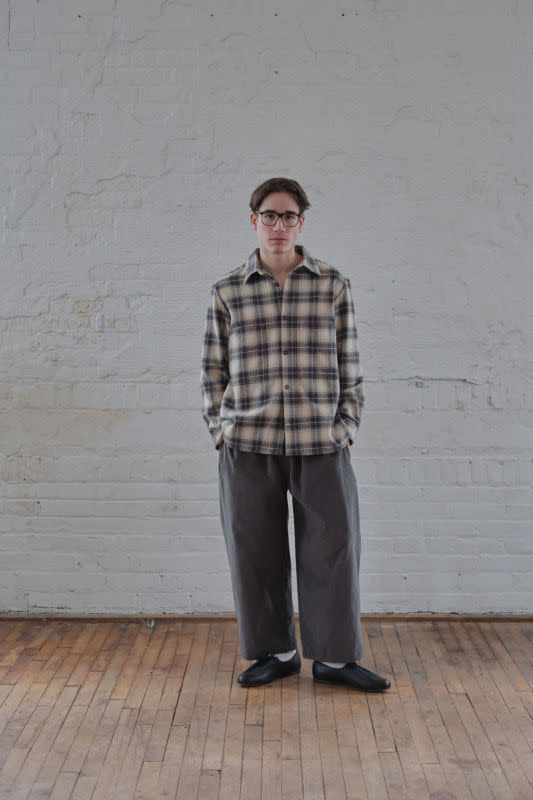
Photo: Michael Thornburg/Courtesy of William Frederick
Now, McNicol's attention is set on expanding the brand's retail presence (it's is in three stores — two in New York and one in Colorado — but by the end of the year, he's hopeful that number will increase and go international), further pushing the editorial creative direction, and eventually expanding beyond clothes.
"[It's about] creating a world," he says. "So when I'm talking about furniture, that would be furniture that's custom designed from our studio that people could buy. When people come into my studio or showroom, I want them to feel like they can leave with something from there. When people step into our world, I want people to be able to leave with something from that world."
"It's funny because I think when people hear what I do and everything, they think that clothing is kind of the core of my world, but I care about a lot of things," he adds. "I'm way more interested in coffee, ceramics, furniture and movies — those are really what drive me on a day-to-day. It just so happens that I landed as a clothing designer."
Never miss the latest fashion industry news. Sign up for the Fashionista daily newsletter.

